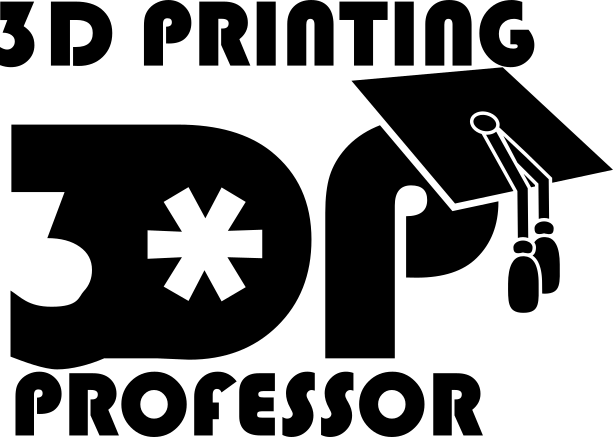Ever hear the phrase “you get what you pay for”? It’s not just a saying, it’s true. You’re probably looking at that $300 laptop or $200 smart phone you’re reading this on and developing this idea about the cost of technology. Then a 3D printer comes out that’s stable, solid, feature rich, and $2500 and you balk because that’s so much more than the expectations you’ve built up. Why should a thing that can only make plastic doodads cost so much more than the computer that it’s interfacing with?
Then someone comes out with a sub $300 3D printer and there was much rejoicing. Finally, a 3D printer that meets the pricing expectations. But don’t run out and buy one just yet. Chances are that $300 3D printer isn’t the technology you’re expecting. What you save in money you will end up giving back in your time and effort and as Zheng said:
if (eval(‘yourTime’)>=eval(‘yourMoney’)):
buyADifferent3DPrinter()
Qz.com did an excellent write-up about the current state of cheap home 3D printing. A Replicator 2 costs about what a good PC in the 80s cost, and “the parallels between the personal computing revolution and the one in 3D printing are irresistible”. The point is that the home 3D printing industry is still the realm of the garage tinkerer but forces are pushing it into the mainstream very quickly. The demand is there, but there are a couple of things that need to be addressed before my mother will have a 3D printer, and price is only one facet.
No one can predict the future, but in my option the ubiquitous home 3D printer will be:
- no more than $500.
- as easy to load or change filament as loading paper in a 2D printer. (As much as I hate cube they got that right.)
- as reliable as a 2D printer and as easy to fix common problems (like paper jams).
- as easy to use as sending a document to a 2D printer.
